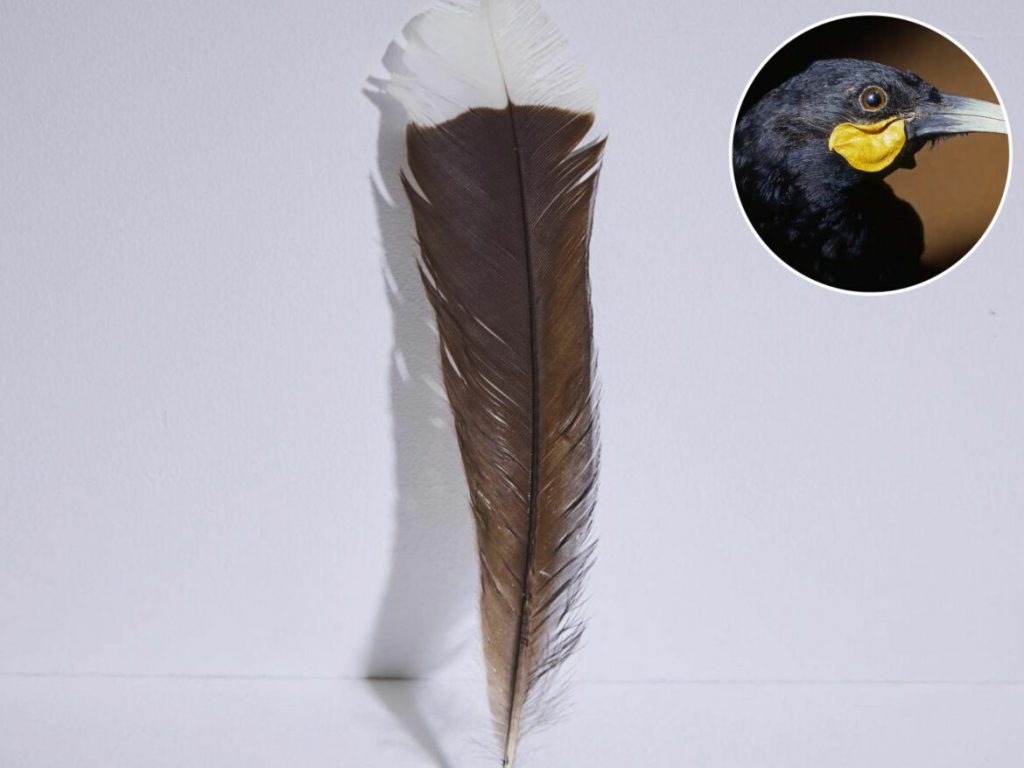Bird feather sets world record with $28,000 auction sale

A single feather from the extinct New Zealand huia bird has set a new world record, selling for NZD$46,521.50 ($28,417, £22,409) at an auction.
Initially expected to fetch up to $3,000, the feather’s sale price exceeded the previous record for a feather of the same species by 450%, according to Webb’s Auction House.
The huia bird was sacred to the Māori people, with its feathers often worn as headpieces by chiefs and their families, and also used in gifting or trading.
The last confirmed sighting of the huia was in 1907, with unconfirmed sightings reported for up to thirty years afterward, as noted by the Museum of New Zealand.
The huia was a small songbird belonging to the wattlebird family in New Zealand, known for its jumping abilities and distinctive plumage featuring a white tip.
The feather sold on Monday was described as being “in wonderful condition” by Leah Morris, Head of Decorative Arts at Webb’s Auction House.
She noted that it still had its “very distinct sheen” and showed “no insect damage.”
The auction house framed the feather behind UV protective glass and with archival paper to ensure its preservation.
Registered as a taonga tūturu, the feather is protected under a system for Māori-made objects.

Only licensed collectors could purchase it, and it cannot leave New Zealand without permission from the Ministry of Culture and Heritage.
High interest from New Zealanders also contributed to the feather’s high price, according to Morris.
“We got a record number of people seeing how to become registered collectors,” she said, emphasizing New Zealanders’ dedication to preserving their land, environment, and native species. “And I think maybe because this bird is now extinct, we’d look at other birds in New Zealand and say, we don’t want that to ever happen again.”
Historically, huia feathers were a status symbol for the Māori people. The bird was already rare before European arrival, but it became a target for collectors and fashion enthusiasts, which ultimately led to its extinction, according to the Museum of New Zealand.
Source-BBC




